NFT art is a phenomenon that’s rapidly growing in popularity. Most people know that NFTs can come in the form of digital images. But almost every artform converges with NFTs in a variety of different ways. As you read this NFTs art guide, you’ll discover how to enter this exciting world as an artist, art connoisseur, and even investor.
Quick Menu:
- What is a Non-Fungible Token (NFT)?
- So How Does NFT Technology Relate to Digital Art?
- Music as a Part of NFT Art
- What Are the Benefits of Creating NFT Art?
- NFT Marketplaces – Where to Go to Buy NFT Art
- What Are Some of the Biggest Art-Focused NFT Marketplaces?
- Criticism of NFT Art
- 6 Other Types of NFTs
- How Can You Create NFT Art?
- How Do You Buy NFT Art?
What is a Non-Fungible Token (NFT)?
The key to understanding NFT art is, of course, to understand NFTs. Most people think of NFTs as image files. And digital images indeed are one of the most popular forms of NFT. But the heart of an NFT is right there in the name – they’re non-fungible tokens. The token refers to a singular digital entity on a digital public ledger called the blockchain. And non-fungible means that the entity can’t be duplicated.
An NFT is synonymous with uniqueness. NFTs can be almost anything and have nearly every property. An NFT can be a music file, a png image, an illustrated pdf document, or even mesh multiple formats into a singular whole. But no matter what form an NFT takes, it will be unique. You can look even further into the nature of NFTs in the article “NFT Guide; Everything You Need To Know About NFTs”.
Video: NFTs Are Fueling a Boom in Digital Art. Here’s How They Work
So How Does NFT Technology Relate to Digital Art?
Digital art is a complex subject in and of itself. It first appeared on the art scene back in the 1960s. But since then, it’s primarily struggled for attention within the larger art world. NFT art has started to change this lack of recognition. The sale of “the First 5000 Days” for $69.3 million caught the world’s attention. People interested in art, technology, and finance were instantly fascinated by an NFT-backed piece of digital art selling for such an impressive sum.
However, the art world still struggles to properly grasp that NFTs are more of a digital seal of authenticity on digital art than a medium unto itself. In short, that NFTs aren’t image files. But rather a digital fingerprint that can be tied to images, music, and other forms of digital art. The public is generally unaware that authentication information about NFT-based art is stored on the blockchain while the actual artwork isn’t. This can be compared to the fingerprints proving your identity are tied to your heart or brain but aren’t synonymous with those organs. The art world and the general public often have misconceptions about NFTs.
Music as a Part of NFT Art
When people hear about NFT music, they often draw comparisons to iTunes. NFT music and iTunes purchases seem similar on the surface. Especially when compared to music streaming services. However, it’s important to remember that you don’t own anything bought on iTunes. Instead, you’re purchasing the right to listen to your purchased music tracks. You can access the music files, but you don’t own them.
NFT art is instead focused on the concept of ownership. When you buy an NFT music track, you own it. Others might be able to listen to that music track, but the actual ownership rights of the NFT music belong to you. What’s more, the ownership is easily proven through blockchain authentication. NFT music opens the door to many different concepts. For example, owning an NFT music piece might give access to private areas at a performance or act as a ticket for meetups.
Video: Billboard Explains NFTs & the Music Industry
What Are the Benefits of Creating NFT Art?
NFT art discussion is often centered around browsing and making purchases. But there’s good reason for the wide variety of NFT options on sale in any given market. Artists who create NFTs stand to benefit in a number of different ways. The following are among the most common reasons why artists focus on NFTs.
Additional Way to Generate Income
The term starving artist came about for a good reason. It’s often difficult for artists to make a living. Any method to better monetize artwork is a massive boon to most artists. NFT art improves almost everything related to buying and selling artwork. Delivery fees aren’t an issue since it’s just a matter of updating the blockchain. Payment options, like metaverse crypto, move directly between the involved parties without an intermediary. And some platforms even give artists the ability to receive a percentile of royalty profits from future resale of a particular piece. In short, it makes financial sense.
Ownership & Traceability
NFT art is unique in the same way as traditional offline art. Physical paintings can be loaned to galleries, rented, or sold. And when people do so, they work with physical documentation that proves usage rights and ownership. This hasn’t been possible with digital art until quite recently. When artists mint digital artwork with the blockchain, they create a unique identifier that can be worked in the same way as physical art. The blockchain’s transaction system automatically takes care of record keeping. This makes tracking ownership of NFTs even more effortless than doing the same with physical skill.
Access to Global Audiences
Recent events have driven home the importance of a global market. Artists who deal with physical mediums are often tied to the local economy. Moving physical art worldwide incurs a wide variety of additional fees and difficulties. But NFT art can quickly sell anywhere in the world. And cryptocurrencies even get around the challenges of physical exchanges. Global markets also ease the cost of entry in less privileged areas. However, the global market also requires cultivating an online audience. But even this process can create a stronger emotional connection to your customers that will help build up further growth.
NFT Marketplaces – Where to Go to Buy NFT Art
Buying NFT art might seem slightly mysterious at first. However, it’s similar to buying physical art. You might search out interesting local art galleries or auctions when looking for a painting. And you can do the same online with NFT marketplaces.
NFT marketplaces take a variety of different forms. But they can be separated into two main categories. Streamlined NFT marketplaces aim for an easy-to-use aesthetic similar to eBay or Etsy. In contrast, augmented NFT marketplaces are usually more specialized and are designed to meet more niche audiences. Both types of marketplace offer a variety of offers and specials.
Many popular NFT marketplaces also provide users with tools to mint their own NFTs. This is generally slightly more complicated than uploading art assets and filling in some basic information. You can explore the best marketplaces in the article “NFT Marketplaces; The Top 10 Markets for Your NFT Needs”.
What Are Some of the Biggest Art-Focused NFT Marketplaces?
There’s a wide variety of different NFT marketplaces. And the selection is quite significant even when narrowing it down to NFT art-focused marketplaces. But the following NFT marketplaces are generally considered to be among the best of the best for art-related NFTs.
OpenSea
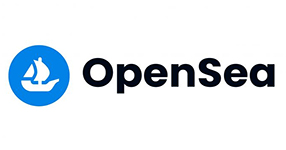
OpenSea has the most extensive available stock of NFTs for sale, which has made it the leading NFT art marketplace. OpenSea has gained that reputation for a good reason. It’s one of the most user-friendly options for buyers and sellers alike. An artist with no experience in NFTs can typically put their work into the market with minimal effort, thanks to OpenSea’s intuitive minting system. OpenSea’s use of the Ethereum blockchain also ensures large-scale compatibility with most blockchain wallets and APIs. Users can buy, sell, and trade on OpenSea. But it’s also helpful in gauging market trends.
Rarible
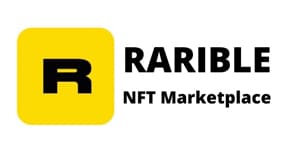
Rarible is also notable for its intuitive and easy-to-use system. Users can quickly catch up with the marketplace’s top sellers and the NFT art collections. Rarible’s categorization makes it simple to buy, sell, and search for NFT art options within the marketplace. These categories include game assets, photography, and even memes. Rarible is also notable for its more technologically experimental philosophy, and it uses both ERC-721 and ERC-1155 token standards. This enables artists to create and sell multiple editions of an item. Rarible is also working on adopting the new Flow blockchain from Dapper Labs for faster processing of transactions.
Nifty Gateway
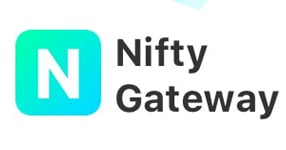
Nifty Gateway is an NFT marketplace with impressive name recognition. It’s featured works from notable artists like Grimes and Beeple, and it’s clear that this is just the beginning. Twin brothers Duncan and Griffin Foster have stated that they won’t rest until 1 billion people collect Nifties. Nifties is a play on the NFT acronym. The brothers aim to reach that goal by carefully curating the NFTs on their platform. To sell NFTs on Nifty Gateway, an artist must first pass an application process and interview. The NFT art on it is often of exceptionally high quality.
Foundation
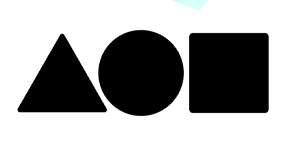
Foundation is a relatively new NFT marketplace. The fact that it’s invite-only has garnered it some extra notoriety. You literally need to know someone to get into it at the moment. Invitations to the marketplace can only be sent by someone who has already sold one NFT within it. Some high-profile auctions have further enhanced the Foundation’s mystique from especially notable figures. Some of the most significant is Edward Snowden’s first NFT and the famous Nyan Cat animation. Like Nifty Gateway, Foundation puts a heavy emphasis on quality control. Foundation uses the Ethereum blockchain for all transactions.
Criticism of NFT Art
Of course, every innovation comes with criticism, and NFTs are no exception. NFTs touch on many different aspects of copyright, contractual law, and the concept of ownership rights. And at the moment, few of these have been officially addressed in a courtroom setting. Until a legal president exists, there will be a lot of speculation around the exact nature of NFT art under various legal systems. There have been instances of artists pointing to fraudulent minting by scammers. But they’ve yet actually to make their way into court.
One of the most common critiques is that NFTs are such a new technology. Many critics are skeptical of any notable technological trend with unproven longevity. It’s easy to assume that a trend will rise and fall, like the recent “meme stocks”. In the end, only time will tell.
6 Other Types of NFTs
Images and music are the most popular and well-known forms of NFT art. But they’re far from the only types of NFT out there. The following examples highlight some of the most essential and exciting kinds of NFTs that deserve some extra attention. These range from memorabilia to VR-accessible metaverse blockchain gear.
1. Digital Collectibles
Uniqueness is one of the most critical properties of NFT art. It’s what defines something collectible. And people do, indeed, collect NFT-based digital rarities. The reason it’s possible comes down to the fact that NFT-based collectibles can’t be copied in the same way that any other digital item can.
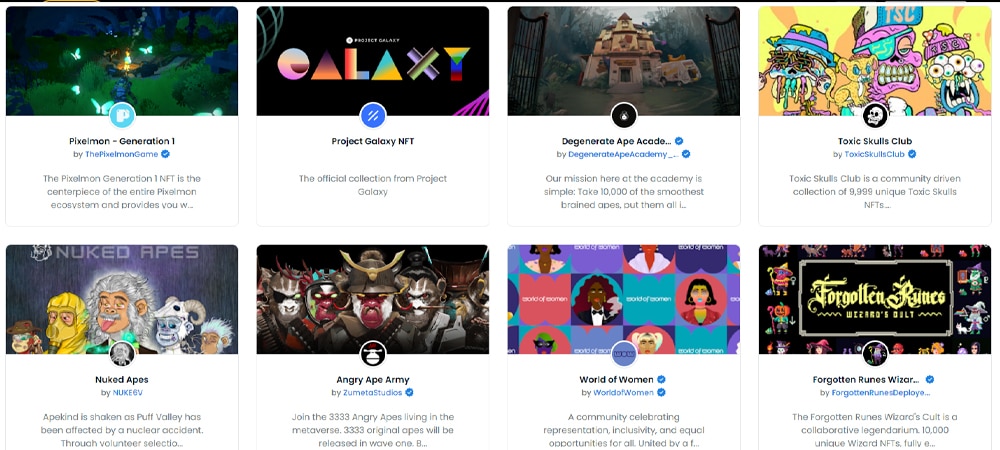
Image attribution: OpenSea Collections
2. Sports Collectibles
Sports NFTs offer a compelling spin on standard NFT art options. This can come in the form of licensed memorabilia. And items like signed NFTs are pretty popular. But utility-linked NFTs open even more possibilities. Imagine NFTs acting as tickets, granting locker room access, or other in-person benefits at games.
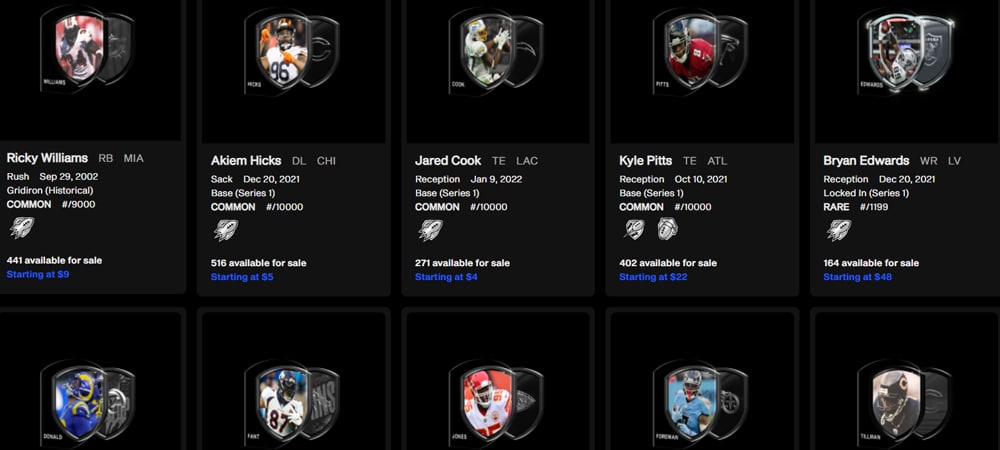
Image attribution: NFTAllDay
3. In-Game Items
NFT art is commonly found in play-to-earn and metaverse games. NFT game assets take the form of unique items or in-game creatures. They’re earned or cultivated in fun and then sold for real money. This is thanks to the fact that NFT items are unique and have actual scarcity.
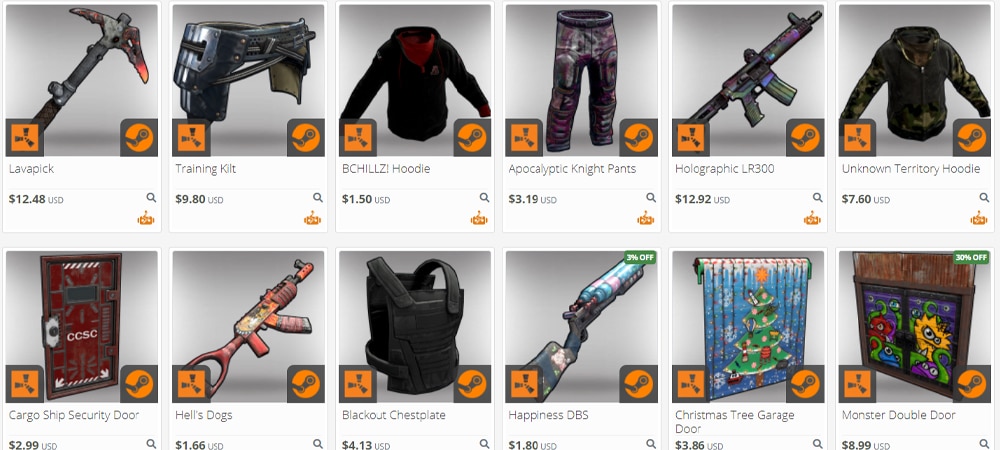
Image attribution: Gameflip
4. Tickets & Membership
Examples of NFT art demonstrate how digital items can be unique. But many art NFTs also serve as membership cards. By participating in some markets or buying from specific artists, you can sometimes gain access to special perks. This can even take the form of entry into private metaverse events.
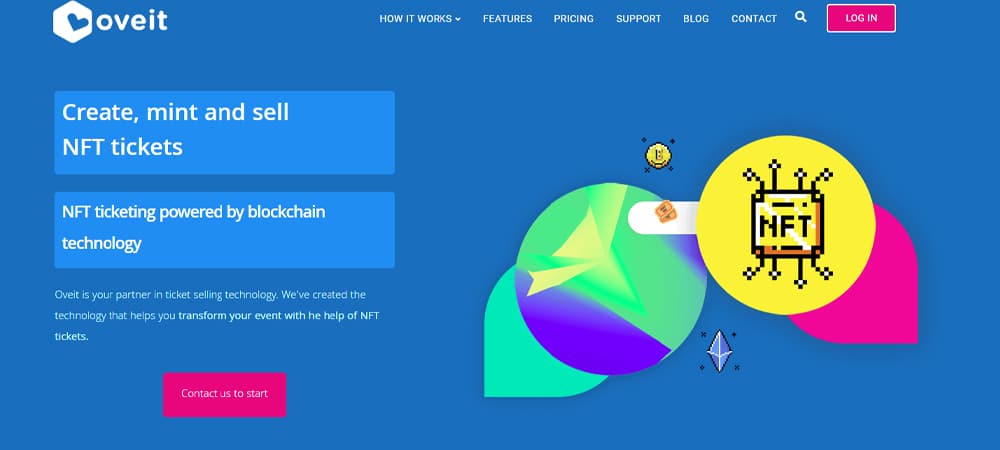
Image attribution: Oveit
5. Digital Real Estate
Decentraland and The Sandbox are the most famous examples of metaverses with a real estate market. Land typically sells for $10,000 within them. But some metaverses, like Upland, have inexpensive real estate markets with plots going for as low as a few dollars. NFT art often fits in as decorations.
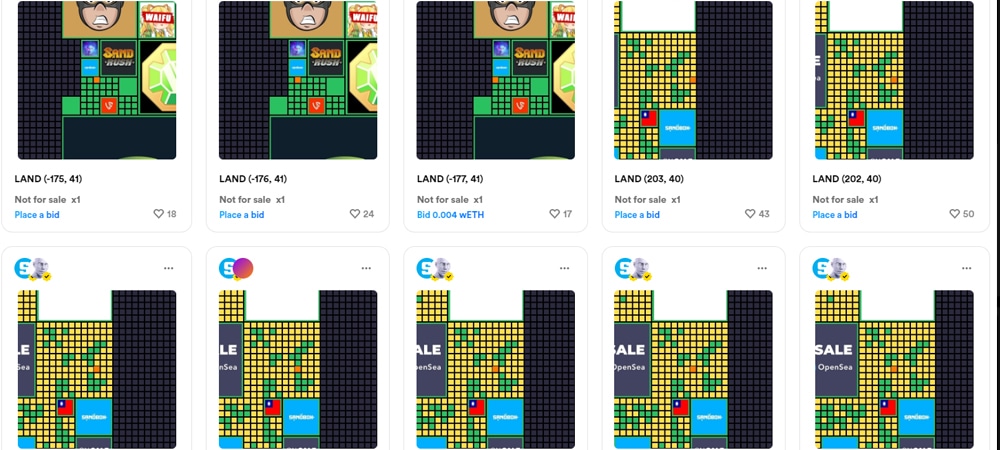
Image attributions: Rarible Sandbox LAND
6. Domain Names
NFTs aren’t always digital files, such as an NFT art png. An NFT can also be a website domain. Domain NFTs are decentralized domains that work similarly to traditional domain names. The advantage of domain NFTs is that you own them after a one-time purchase. Other domains are essentially rented.
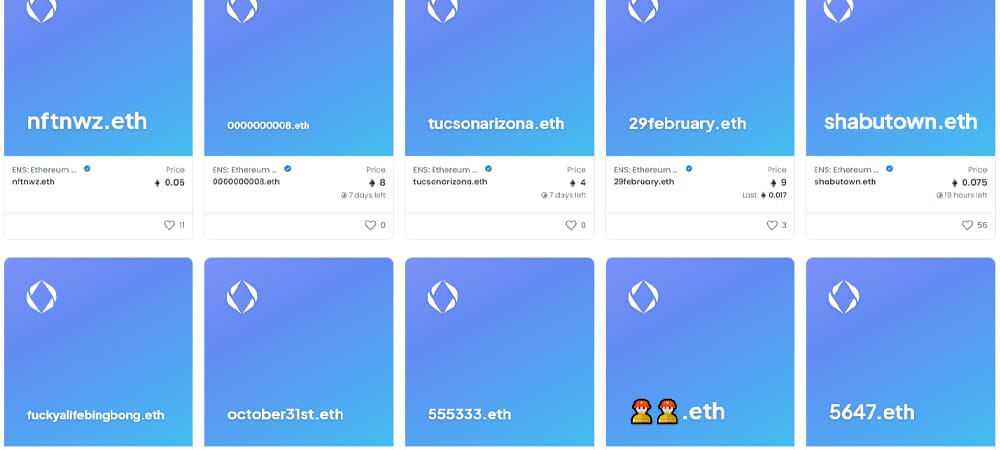
Image attribution: OpenSea Domain Names
How Can You Create NFT Art?
Interest in buying NFT art often grows into curiosity about the creative process behind those NFTs. By this point, you already have most of the tools needed to create your own NFTs. This NFTs art guide has covered significant marketplaces. And that’s the main point through which most people make NFTs. The most popular NFT markets usually provide methods to mint your art as an NFT and then put it up for sale.
There are some additional issues to consider. Gas fees, for example, are small charges present in most blockchain transactions. And this comes with minting NFTs. But for the most part, minting an NFT is almost as easy as buying an NFT for yourself. You can look at all of the options involved with NFT creation in the article “How to Make an NFT: Create NFTs With These Simple Steps”.
How Do You Buy NFT Art?
The process of actually buying an NFT is far easier than most would imagine. Everything begins by setting up a crypto wallet. Coinbase and MetaMask are two of the most popular options. But any wallet tied to the Ethereum blockchain is usually compatible with NFT purchases.
This NFT art guide has touched on NFT marketplaces. You can take your time to browse and soak in the particular approach that each market takes. Buying an NFT often means discovering an art community that shares your tastes and interests. Each market also has its policy on sales and events. When you find your perfect market, you’ll also find great deals. And you’ll be able to understand better how to mint and sell NFTs on it. You can find even more detailed information about NFT markets and the purchasing process in the article “Buy NFT Guide: Learn Everything About Buying NFTs”.
NFT art is constantly evolving. But you now have everything you need to appreciate and work within that world. The NFTs art guide can be a door to a prosperous future in artistic and financial ways.
Did You Like This Article About the NFT Art Guide?
You might also be interested in the following articles:
- Metaverse Trends; Upcoming Milestones for the Digital Frontier
- Valve Index; Learn About Valve’s Powerful VR Headset
- Decentraland Guide; Overview, Components, Things To Do & More!
- Metaverse Avatar Guide; Embody Yourself in the Metaverse
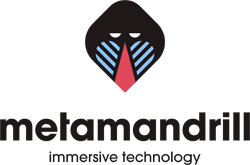
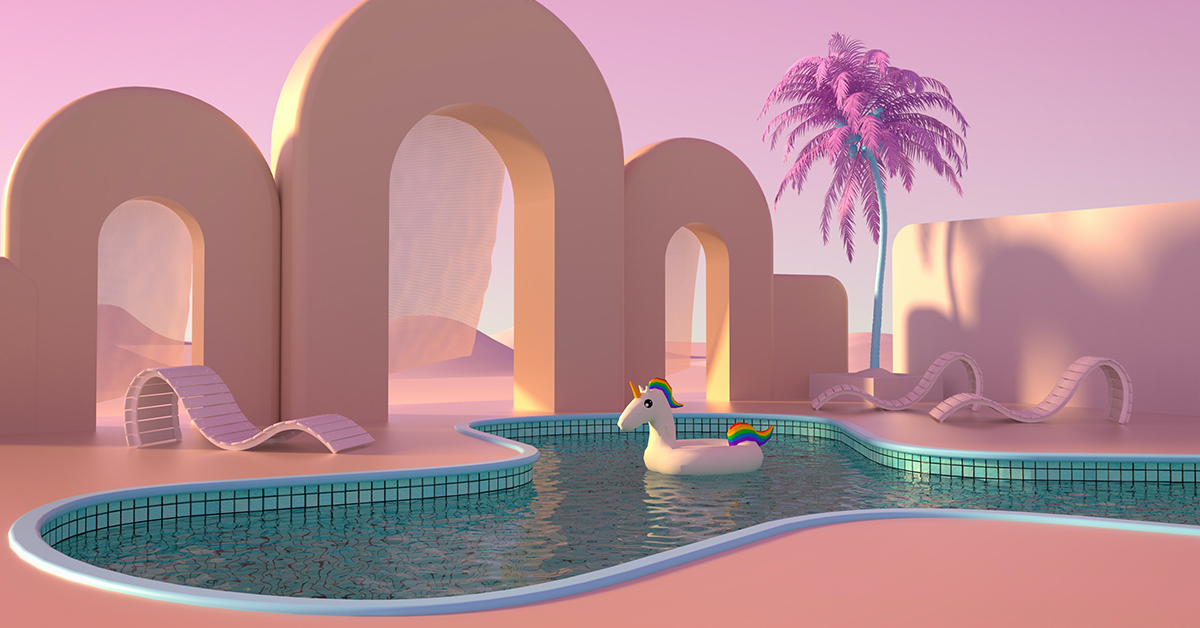

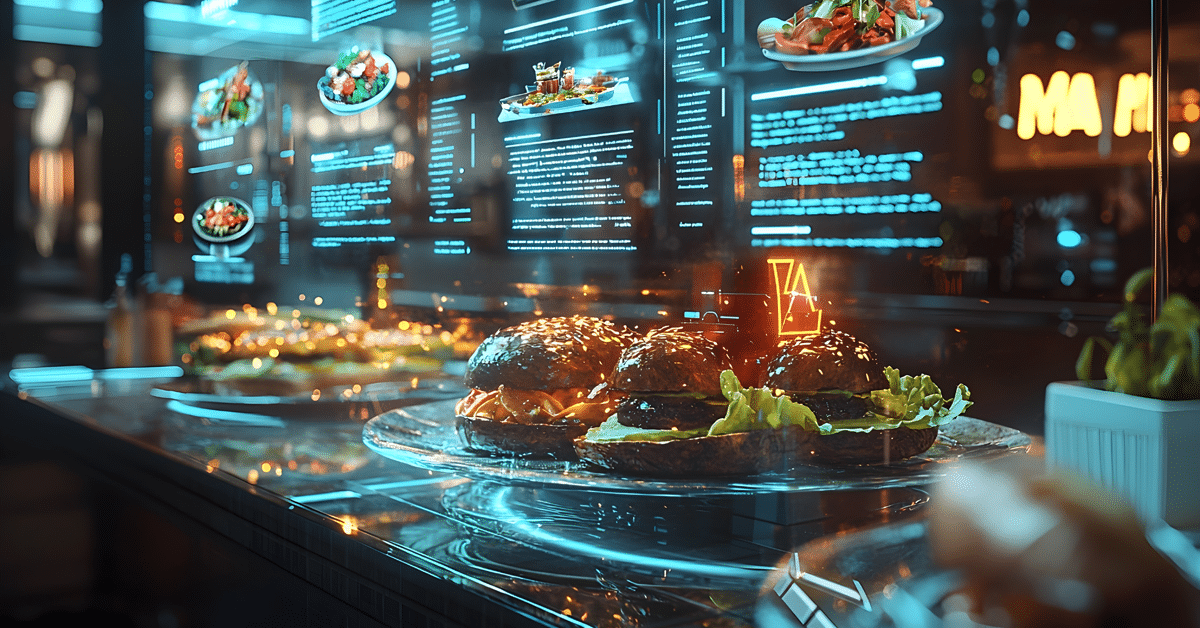
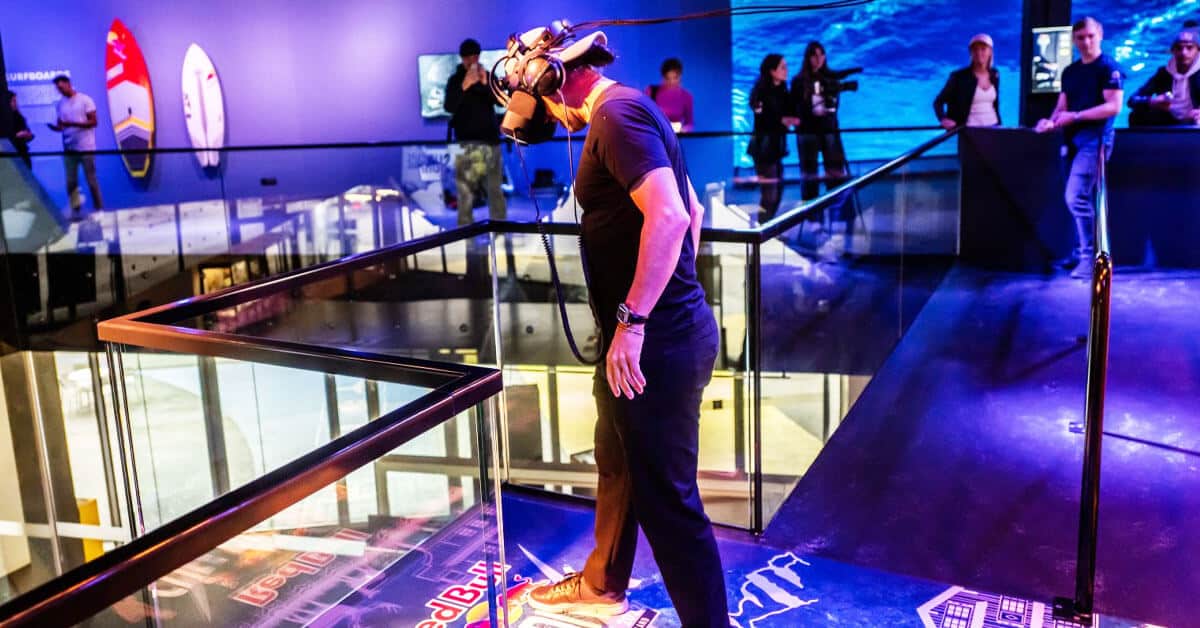
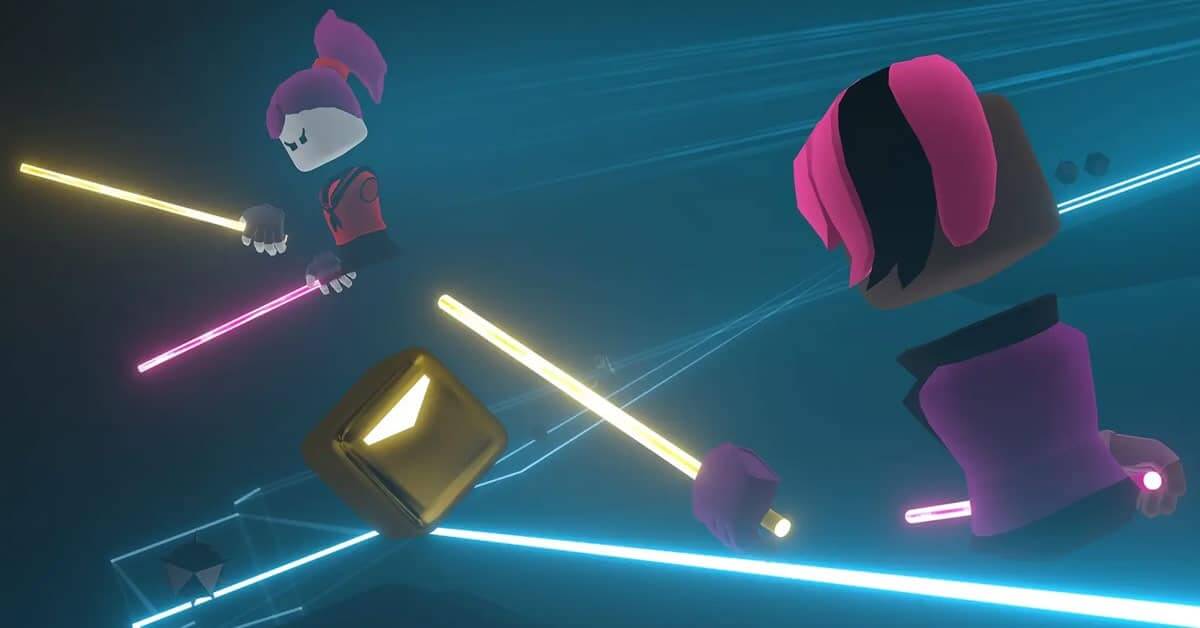
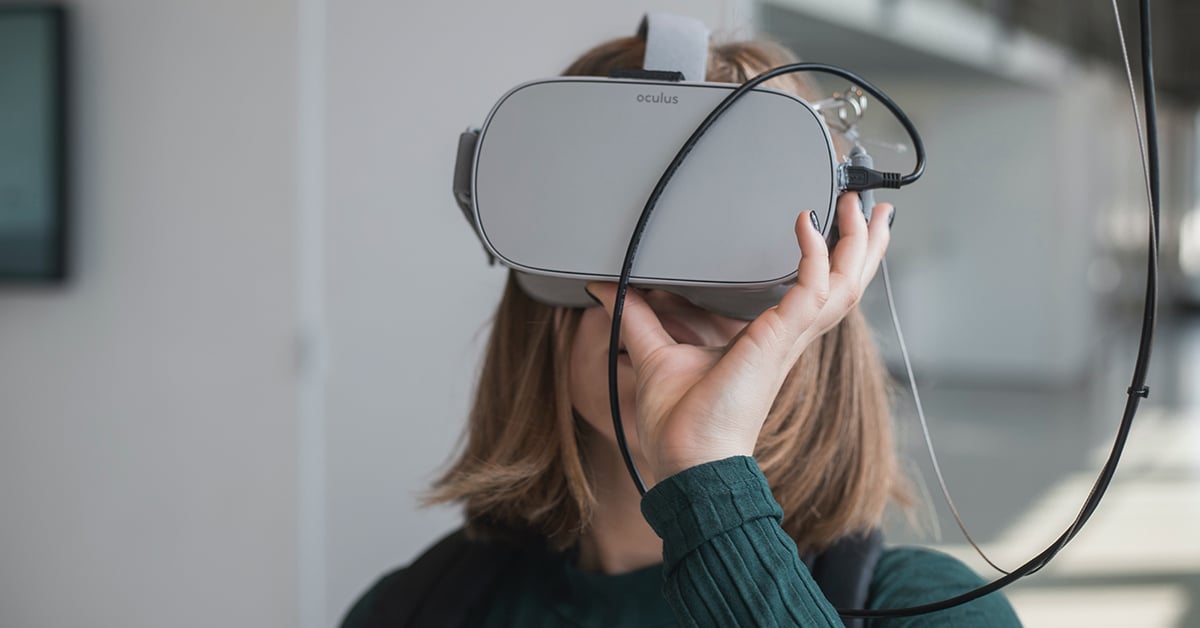


Thanks for sharing this interesting article about NFT art.